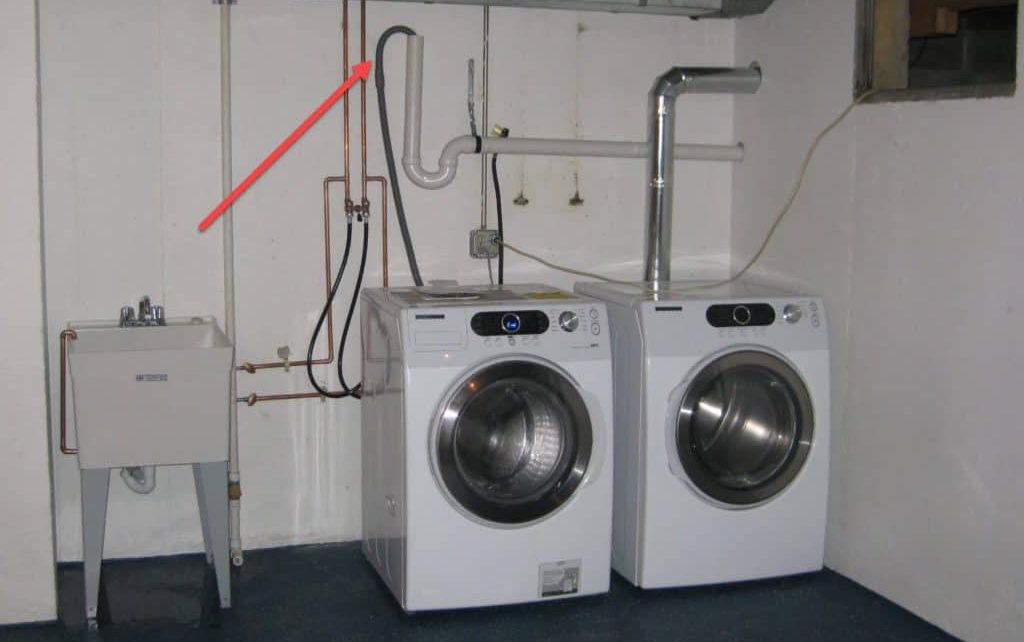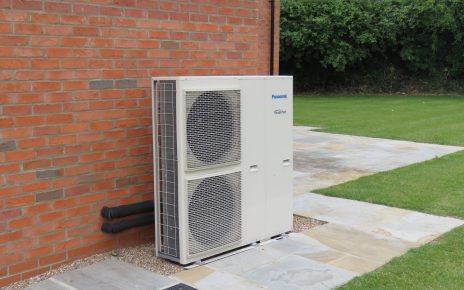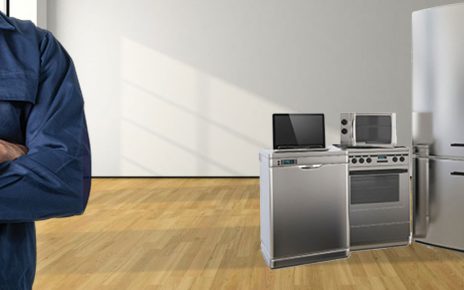Every day we use a washing machine. We have it set up at home and in our offices, schools, restaurants and even in the gym. It has come a long way since its first appearance on the scene but still remains one of the most popular household appliances. In fact, over 1 million new washing machines are sold every year. But there is also another side of this equation that many people do not think about. This is the water drainage system.
When you put clothes into a washing machine they become wet from the water that washes them clean. The amount of water needed depends on how much laundry you are doing and what type of fabric you have chosen for your clothing items. For example, if you choose cotton or polyester material then less water will be required than if you selected denim or silk material.
The person can plan to choose the best option of the drainage that is available for the people. People can plan to be on choosing the laundry tub or standpipe that are of the best quality. In the long run the results will be based on the quality of the products. In the long run the option will turn to be favorable.
Washing machines are designed to handle large amounts of water without overflowing onto the floor. However, when a lot of water is used during a cycle they may eventually overflow and flood the room where the unit is located. If you live in an older house with a concrete slab foundation this scenario can happen at any time. Even newer homes built on stilts or concrete pads have this problem occasionally.

Even though the washing machine may contain enough capacity to take care of the load, the drain line often does not, which leads to flooding. To prevent this from happening, there needs to be some kind of drainage system installed.
The first step towards a proper drainage system is to find out what size pipe is available. The water will only flow through a given sized pipe, so make sure to measure the available space before you buy anything. You can purchase fittings such as elbows or tees to help direct the flow of the water from the sink to the drain line. Once the right sized fittings are purchased, you can start the installation process.
There are several methods to install a drain line depending on the style of your home. If you have a house made of wood siding, you can simply attach the drain line to the outside wall behind the washing machine. If you don’t want to drill holes in your exterior walls, you could lay a flexible hose under the slab and route the water from the sink down to the drain line.
If you have an apartment building or condo, you might need to install a custom fitting that would allow the water to pass through the concrete wall. Another option is to place a trap under the kitchen sink, which allows the water to pass through the wall by gravity.
A good rule of thumb is to avoid using plastic piping because it is subject to corrosion. Instead, go with copper or stainless steel pipe. Copper is more expensive than other materials, but is easier to work with so it’s best to invest in quality copper plumbing fittings.
Once the water reaches the drain line, it goes through a series of pipes to get rid of the dirt. There are two types of pipes that have been developed, cast iron piping and PVC piping. Cast iron pipes are made of solid metal and are very durable. They are usually found in industrial settings because they require more maintenance than other types of piping. On the other hand, PVC piping is made of thin-walled plastic and is less expensive.
Cast iron drains are best suited for industrial applications where the drain pipe must withstand constant pressure and heavy loads. PVC drains perform better in a residential setting because they are flexible and can absorb minor fluctuations in pressure.
It is important to keep the water draining properly and away from the basement. You can easily cut off the water supply to the washing machine by installing a shut off valve on each piece of piping. A shutoff valve is like a keyhole in a lock that prevents water from flowing through the pipe.
To prevent the water from going down the drainpipe, you should use a float switch. These devices monitor the water level in the pipe and send a signal to turn off the current running through the circuit. This is particularly useful during the winter months when the snow falls on top of the drain line causing the water level to drop.

But sometimes, despite all these safety precautions, something happens and the washing machine overflows. When this occurs, the water will run down the drain and fill up the basement. The best solution is to have the basement waterproofed. Waterproofing involves adding layers of insulation around the perimeter of the basement, using special sealants and caulk to reduce moisture seepage, and sealing cracks between the drywall and the foundation.
This is a common problem among homeowners. Fortunately, there are several solutions to prevent flooding, including having the drainpipe replaced. It can cost anywhere from $100-$200 to replace the entire drainage system in a home. So if you’re experiencing problems with your washing machine drainage or you just want to make sure everything works correctly, don’t wait until it floods! Be proactive and have the necessary repairs done now.
With the average lifespan of a washing machine being 10 years, these systems are likely to last well beyond the life span of your home and are a great investment for your home. A new washing machine can cost anywhere from $1,000 – $5,000 and a new drainline can cost between $500 – $2,000.
So next time you go shopping for a new washing machine, consider purchasing one that comes with a proper drainage system. Doing so will ensure the peace of mind of knowing your home drains easily and efficiently and that any future disasters will be prevented or minimized.



